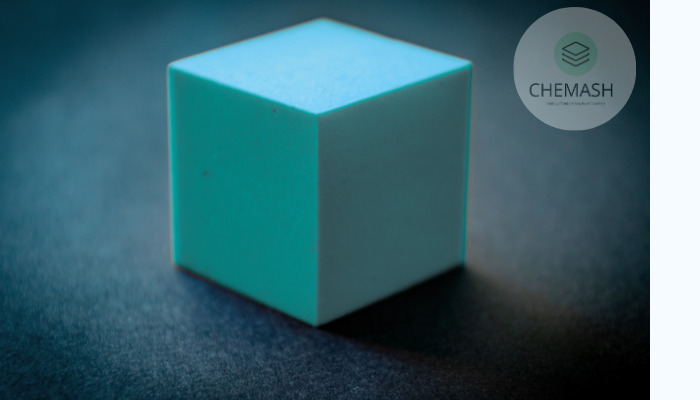
Solids are one of the fundamental states of matter, characterized by a definite shape and volume. The particles in a solid are closely packed, leading to properties such as rigidity, incompressibility, high density, anisotropy, and a definite melting point. Solids are classified into crystalline and amorphous solids based on structure. Properties of Solids
Properties of Solids
Related: Properties of Liquids | Properties of Gases
1. Definite Shape and Volume
Solids have a fixed shape and volume due to tightly packed particles. Unlike liquids and gases, they do not conform to the shape of their container. Learn more about Properties of Liquids or Properties of Gases.
2. Rigidity and Incompressibility
Strong intermolecular forces make solids rigid and almost incompressible.
- High Density: Closely packed particles
- Low Compressibility: Minimal empty space
See also: Mechanical Properties of Solids
3. Melting Point
Crystalline solids have a sharp melting point, while amorphous solids soften over a range. Learn more about Classification Based on Structure.
4. Anisotropy vs Isotropy
Crystalline solids show anisotropy (properties vary with direction). Amorphous solids are isotropic (same in all directions). For examples, see Classification Based on Structure.
5. Classification Based on Structure
| Type | Nature | Example |
|---|---|---|
| Crystalline | Orderly arrangement, sharp melting point | NaCl, Quartz, Diamond |
| Amorphous | Disordered structure, melt over a range | Glass, Plastic, Rubber |
Read more: Crystalline Solids | Amorphous Solids
6. Electrical and Thermal Conductivity
- Metals: Good conductors (e.g., Copper, Aluminum)
- Ionic Solids: Conduct only in molten/aqueous state
- Covalent Solids: Poor conductors except graphite
7. Mechanical Properties
- Hardness: Diamond is the hardest natural material
- Malleability: Metals like gold and silver
- Brittleness: Ionic solids break easily
Quiz – Properties of Solids
- Which of the following is an amorphous solid?
a) NaCl b) Quartz c) Glass d) Diamond
Answer: c) Glass - Which solid exhibits anisotropy?
a) Amorphous b) Crystalline c) Metallic glass d) Rubber
Answer: b) Crystalline - Which type of solid conducts electricity in molten form but not in solid state?
a) Metallic b) Covalent c) Ionic d) Molecular
Answer: c) Ionic - Which is the hardest natural substance?
a) Graphite b) Diamond c) Quartz d) Silicon
Answer: b) Diamond
Next Topic: Types of Crystalline Solids → Molecular, Ionic, Metallic, and Covalent solids explained with examples.
Learn more at NPTEL Solid State Chemistry.
